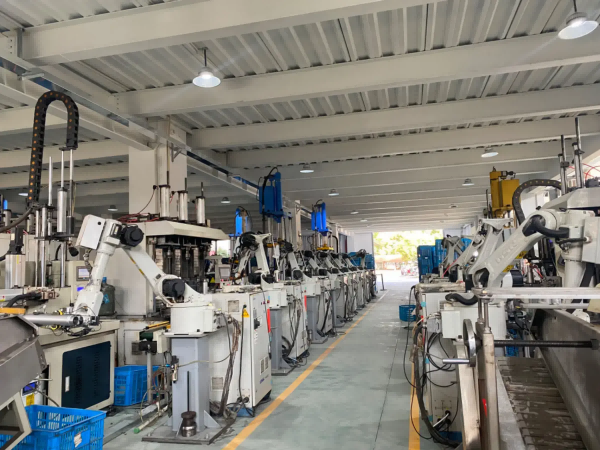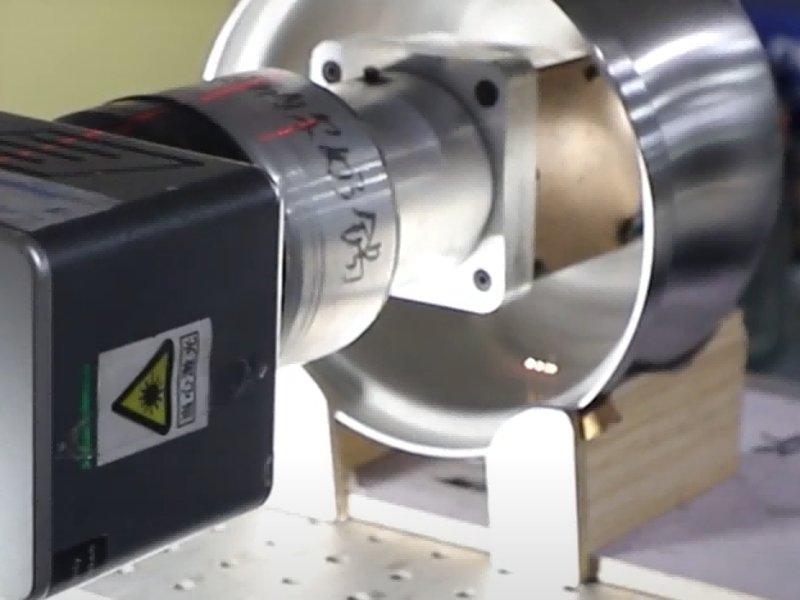
El acero inoxidable se utiliza ampliamente en la vida y abarca desde utensilios de cocina hasta equipos industriales porque es un tipo de material duradero, bello y práctico. Puede considerarse uno de los mejores materiales por sus excelentes prestaciones anticorrosión y facilidad de limpieza.
Entonces, ¿cómo se transforman los productos de acero inoxidable de materias primas en diversos productos que vemos utilizados en la vida cotidiana? Pues bien, como fabricante profesional de recipientes de acero inoxidable para alimentosEn este artículo le presentaré en detalle el proceso de fabricación de los productos de acero inoxidable y le ayudaré a comprender cada una de las etapas.
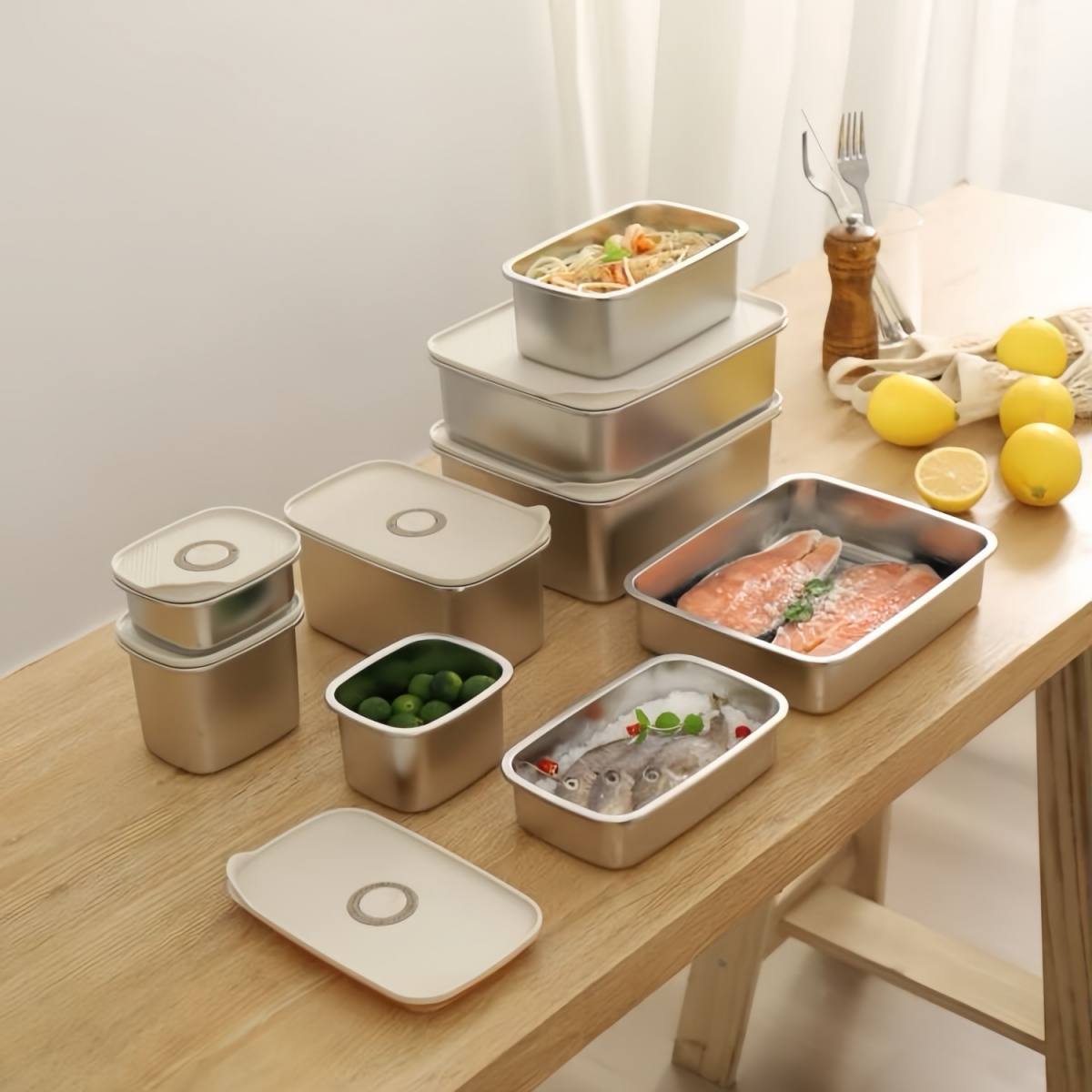

Composición de las distintas calidades de acero inoxidable
El acero inoxidable es un material de alto rendimiento a base de hierro con adición de al menos 10,5% de cromo y otros elementos de aleación (como níquel, molibdeno, titanio, manganeso, cobre, etc.). Su resistencia única a la corrosión procede principalmente de la presencia de cromo en una película protectora de óxido formada en la superficie. Esta película protege al acero de la oxidación ulterior, confiriéndole excelentes propiedades anticorrosivas.
Al mismo tiempo, la adición de otros elementos de aleación puede mejorar la resistencia, la tenacidad, la resistencia a altas temperaturas y la procesabilidad del acero inoxidable.
Según las diferentes microestructuras, el acero inoxidable puede dividirse en acero inoxidable austenítico (como 304 y 316, conocidos por su resistencia a la corrosión y su conformabilidad), acero inoxidable ferrítico (como 430, alta resistencia y bajo coste), acero inoxidable martensítico (como el 420, de gran dureza, adecuado para fabricar cuchillos) y otros tipos.
Aunque existen ligeras diferencias en el proceso de producción de estos aceros inoxidables, sus principios de fabricación y procesos básicos son generalmente los mismos.
Parámetros de las distintas calidades de acero inoxidable
| Grado | Cromo (Cr) | Níquel (Ni) | Molibdeno (Mo) | Carbono (C) | Manganeso (Mn) | Silicio (Si) | Fósforo (P) | Azufre (S) |
| 304 (Austenítico) | 18-20% | 8-10.5% | – | ≤ 0,08% | ≤ 2% | ≤ 1% | ≤ 0,045% | ≤ 0,03% |
| 316 (Austenítico) | 16-18% | 10-14% | 2-3% | ≤ 0,08% | ≤ 2% | ≤ 1% | ≤ 0,045% | ≤ 0,03% |
| 430 (Ferrítico) | 16-18% | – | – | ≤ 0,12% | ≤ 1% | ≤ 1% | ≤ 0,04% | ≤ 0,03% |
| 410 (martensítico) | 11.5-13.5% | – | – | ≤ 0,15% | ≤ 1% | ≤ 1% | ≤ 0,04% | ≤ 0,03% |
| 420 (martensítico) | 12-14% | – | – | 0.15-0.40% | ≤ 1% | ≤ 1% | ≤ 0,04% | ≤ 0,03% |
¿Cuál es el proceso de fabricación de los productos de acero inoxidable?
El proceso de fabricación de productos de acero inoxidable puede dividirse a grandes rasgos en las siguientes etapas principales:
Fundición de metales
La fusión es la primera etapa de la producción de acero inoxidable y suele realizarse en un horno de arco eléctrico o en un convertidor. En esta fase se añaden al horno diversas materias primas, como chatarra, desechos de acero inoxidable, elementos de aleación (como cromo, níquel, molibdeno, titanio, etc.) y mineral de hierro.
Estas materias primas se funden a altas temperaturas en el horno para formar líquido metálico fundido de acero inoxidable. Durante el proceso de fundición, la temperatura puede alcanzar más de 1500°C para garantizar que todas las materias primas puedan fundirse y reaccionar por completo.
En este proceso, el control de la temperatura y la reacción química en el horno es crucial para garantizar que el acero inoxidable final tenga una composición uniforme y una calidad estable. El líquido metálico fundido también debe pasar por algunos procesos de refinado para eliminar impurezas e impurezas y mejorar aún más la pureza y el rendimiento del acero inoxidable.
Un control preciso en esta fase determina la composición química y las propiedades del acero inoxidable final, lo que afecta a la calidad de los procesos posteriores y de los productos acabados.
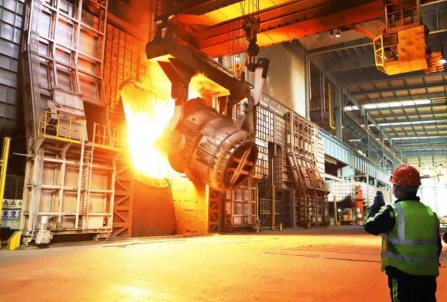
El proceso de colada continua
El metal fundido refinado se introduce en el molde, se enfría y se solidifica para formar un tocho de acero en bruto (es decir, un lingote). Estos tochos de acero en bruto son la base para el procesamiento posterior y pueden fundirse en diferentes formas según sea necesario, como planchones, tiras, tubos, etc., para su posterior transformación en diversos productos de acero inoxidable.
Tradicionalmente, el proceso de fundición puede utilizar la fundición en molde o la fundición estática, pero con el avance de la tecnología, el "proceso de fundición continua" se utiliza ampliamente en la producción moderna. El proceso de colada continua vierte continuamente metal líquido en el molde, que se solidifica rápidamente y forma un tocho de acero con la ayuda de un sistema de refrigeración, con una mayor eficiencia de producción y un control de calidad constante.
El proceso de colada continua puede reducir el consumo de energía, aumentar la velocidad de producción y adaptarse al control automatizado para garantizar la estabilidad y la eficacia de la producción de acero inoxidable. Por lo tanto, el proceso de colada continua se ha convertido en el método dominante para la producción de acero inoxidable a gran escala, especialmente para la producción en masa de varios tipos de tochos de acero, proporcionando materias primas ideales para el posterior laminado y conformado.
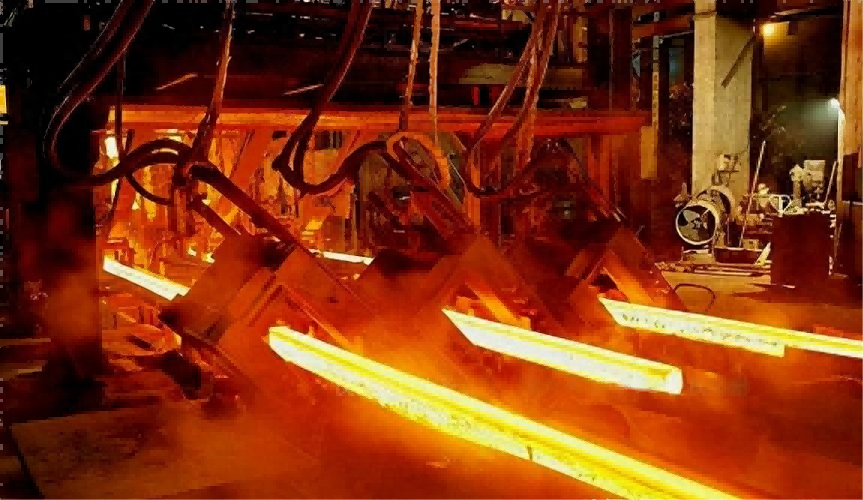
Laminado en caliente
El laminado en caliente es el proceso de calentar un tocho de acero a una temperatura determinada y, a continuación, laminarlo repetidamente en un tren de laminación para darle las especificaciones y formas deseadas. El objetivo del proceso de laminado en caliente es deformar plásticamente el tocho de acero, reducir su grosor y mejorar las propiedades mecánicas del acero inoxidable. Normalmente, la temperatura de laminación en caliente se controla entre 1000°C y 1200°C.
Tras el laminado en caliente, el acero inoxidable puede convertirse en productos de distintas formas, como chapas, tiras, barras, varillas, etc. El proceso de laminación en caliente no sólo puede mejorar las propiedades de procesamiento del acero inoxidable, sino también mejorar aún más su calidad superficial.
Las principales etapas de la laminación en caliente son:
CalefacciónCalentar el tocho de acero a una temperatura adecuada para que tenga suficiente plasticidad.
Balanceo brusco: Tras la laminación inicial en bruto, el grosor del tocho de acero disminuirá gradualmente y la forma empezará a aproximarse a las especificaciones previstas.
Laminado de acabado: reducir aún más el grosor del acero a través del laminador de acabado y mejorar su calidad superficial para cumplir las especificaciones especificadas.
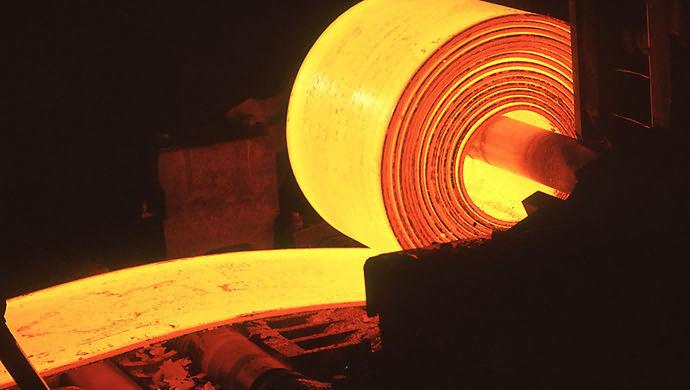
Laminado en frío
El laminado en frío es la transformación posterior del acero inoxidable laminado en caliente, que se prensa para obtener un acero más fino y plano aplicando una mayor presión a temperatura ambiente. El acero inoxidable laminado en frío suele tener un mejor acabado superficial y un control dimensional más preciso.
La ventaja de los productos laminados en frío es que el grosor y el tamaño del producto pueden controlarse con precisión, al tiempo que se obtiene una mayor resistencia y una superficie más lisa. Los productos laminados en frío se utilizan ampliamente en electrodomésticos, construcción, automoción y otras industrias.
El proceso de laminación en frío incluye:
Recocido: Dado que la dureza del acero aumenta durante el proceso de laminado en frío, suele ser necesario el recocido para ablandar el material con el fin de mejorar su mecanizabilidad.
En escabeche: Después del laminado en frío, la superficie del acero inoxidable presenta incrustaciones de óxido. El proceso de decapado elimina las impurezas superficiales mediante una solución ácida para mantener la superficie limpia y plana.
Revestimiento: Algunos productos de acero inoxidable también necesitan ser recubiertos o chapados para mejorar su resistencia a la corrosión o su efecto decorativo.
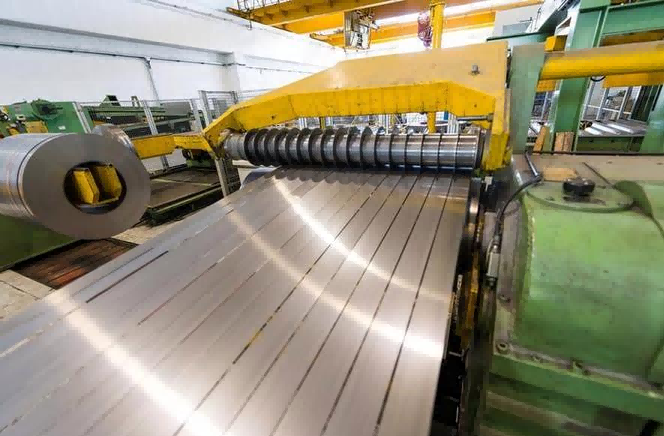
Acero inoxidable Tratamiento superficial
El tratamiento superficial de los productos de acero inoxidable no sólo puede mejorar su aspecto, sino también su resistencia a la corrosión y al desgaste. Entre los métodos habituales de tratamiento de superficies se incluyen:
Pulido: El proceso de pulido hace que la superficie de acero inoxidable sea más lisa y brillante, lo que suele utilizarse en vajillas de acero inoxidable, piezas decorativas y otros productos.
Chorro de arena: La superficie de acero inoxidable se trata mediante la pulverización de partículas de arena para formar un efecto mate, que suele utilizarse en equipos de cocina o materiales de decoración de paredes exteriores.
Tratamiento de revestimiento: La superficie de acero inoxidable puede cromarse, niquelarse, pulverizarse y someterse a otros tratamientos para mejorar su resistencia a la corrosión y su aspecto.
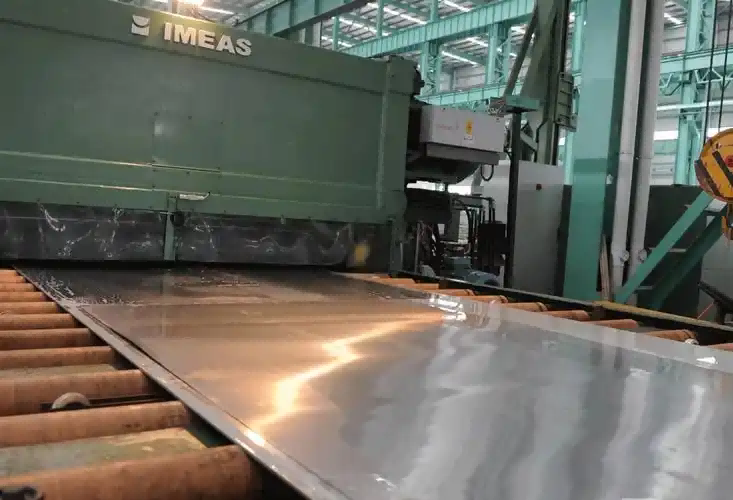
Corte y transformación
Según las distintas necesidades, los productos de acero inoxidable también necesitan someterse a procesos de postprocesado como corte, estampado, doblado y soldadura. Para algunos productos con requisitos de moldeo complejos, como vajillas de acero inoxidable, utensilios de cocina, materiales de construcción, etc., puede ser necesario un procesamiento personalizado según formas específicas.
En este eslabón, el material de acero inoxidable se cortará en tamaños y formas específicos, se soldará o empalmará y, finalmente, se conformará en un producto acabado que cumpla los requisitos de diseño.
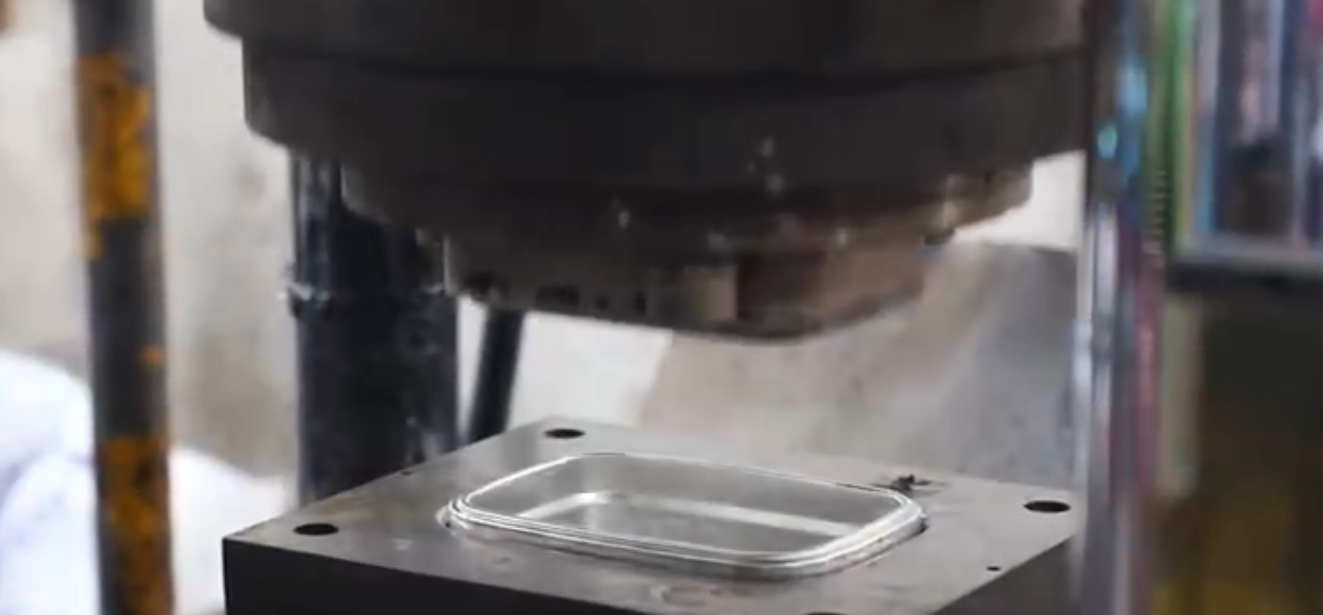
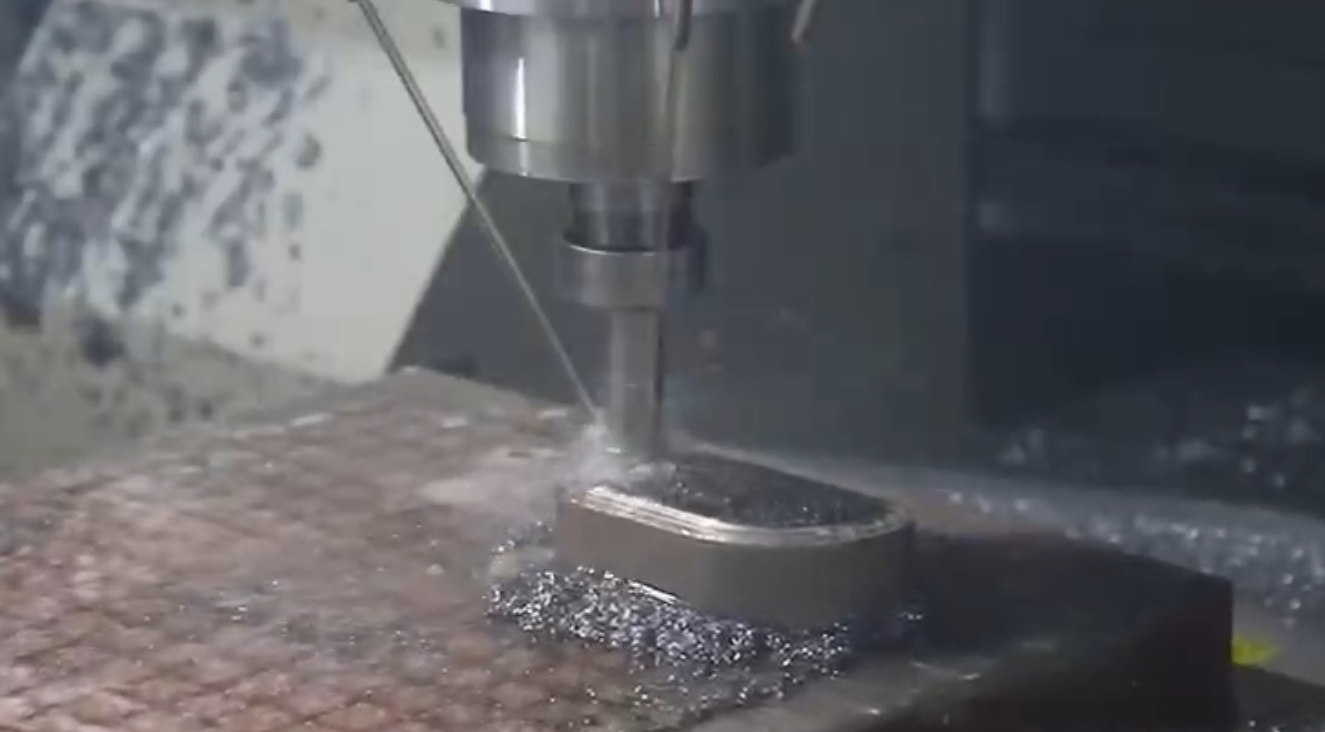
Inspección y envasado
El proceso de producción de los productos de acero inoxidable debe someterse a una estricta inspección final. Mediante la inspección del tamaño, la superficie, las propiedades físicas, la composición química y otros aspectos, se garantiza que la calidad del producto cumple los requisitos estándar. Los métodos de inspección más comunes son:
Medida de las dimensiones: Durante el proceso de producción, las dimensiones exactas son la base para garantizar que la fiambrera de acero inoxidable pueda utilizarse y montarse con normalidad. La longitud, la anchura, la altura y otras dimensiones de cada fiambrera se medirán con precisión para garantizar que cumplen los requisitos de diseño.
Inspección de la superficie: Compruebe si hay defectos como grietas, arañazos, oxidación, etc. Dado que la superficie de la fiambrera de acero inoxidable está en contacto directo con los alimentos, es fundamental que la superficie sea lisa y plana. Todas las fiambreras se pulen y abrillantan antes de salir de fábrica para garantizar que no tengan bordes afilados ni rebabas, a fin de evitar arañazos en las manos u otros inconvenientes durante su uso.
Pruebas de rendimiento: Compruebe su resistencia a la tracción, dureza, resistencia a la corrosión y otras propiedades. Una de las principales ventajas de las fiambreras de acero inoxidable es su resistencia a la corrosión, sobre todo en contacto con alimentos. Mediante métodos como la prueba de niebla salina, compruebe si la fiambrera puede resistir la oxidación y la corrosión en distintos entornos para asegurarse de que puede mantenerse en buen estado tras un uso prolongado.
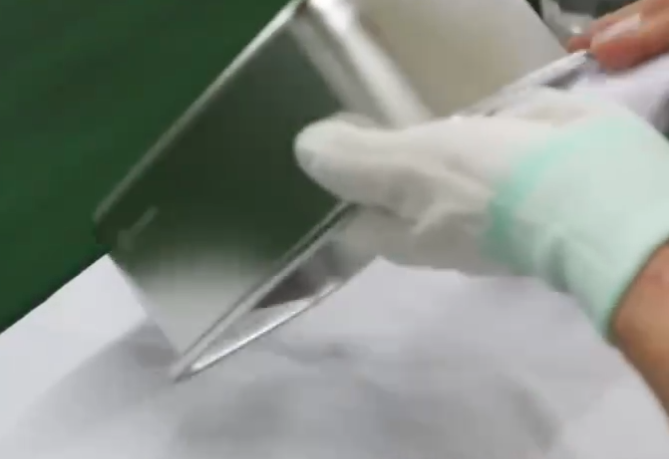
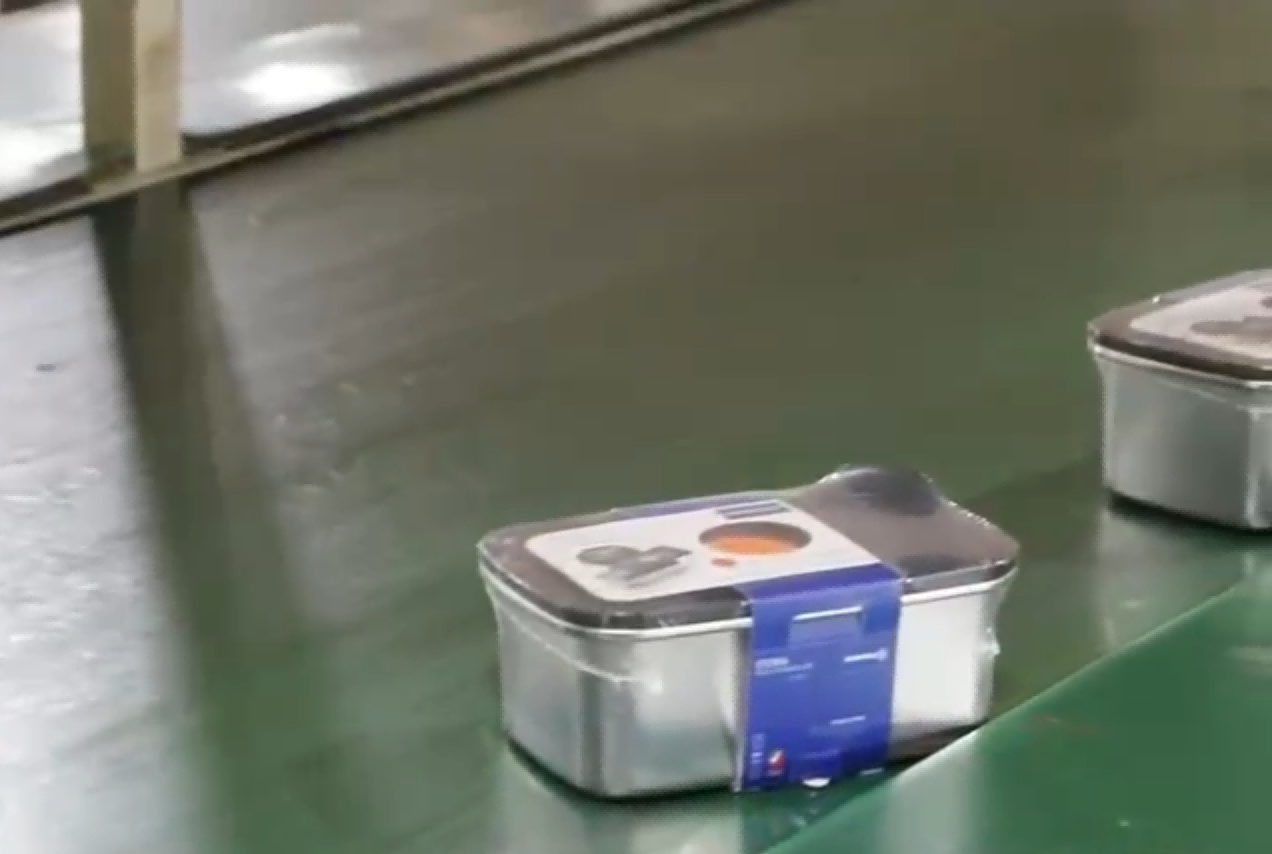
Resuma
La fabricación de productos de acero inoxidable implica muchos eslabones, desde la selección del material, la fundición y el conformado hasta la transformación, el tratamiento de superficies, la inspección de calidad y el envasado. Cada paso requiere un control meticuloso de la calidad y la tecnología. Las materias primas se funden para obtener una aleación líquida y, a continuación, se moldean o laminan para darles la forma deseada. El procesamiento en frío y el tratamiento superficial mejoran el rendimiento, la resistencia a la corrosión y el aspecto para cumplir las normas y los requisitos de los clientes.
La producción moderna se centra en la protección del medio ambiente y el ahorro de energía, mejorando la eficiencia y la calidad. Por último, tras una estricta inspección y un embalaje exquisito, los productos de acero inoxidable se entregan perfectamente y se utilizan ampliamente en muchos campos, mejorando la calidad de vida y promoviendo el desarrollo económico.
Acerca de Moya
Moya es un líder fabricante de recipientes de acero inoxidable para alimentos con 30 años de experiencia en fabricación. Como empresa que ofrece servicios de OEM y ODM, podemos personalizar el diseño, el tamaño, el color y la función según las necesidades del cliente. Tanto si se trata de producción en serie a gran escala como de personalización a pequeña escala, Moya puede ofrecer procesos de producción eficientes y soluciones de suministro flexibles.
